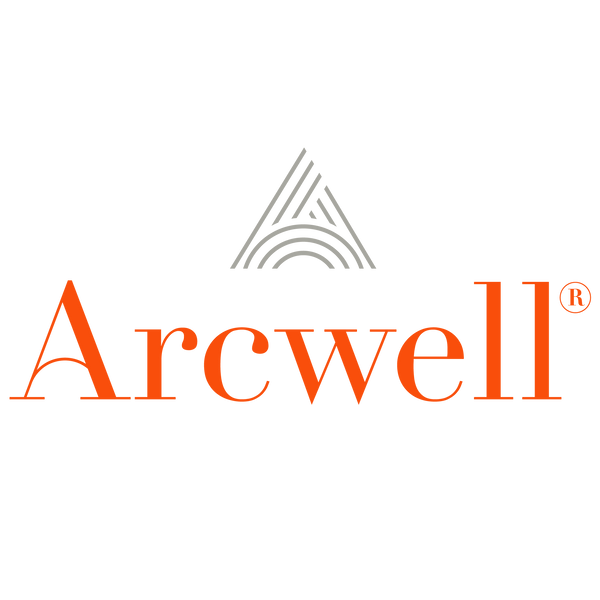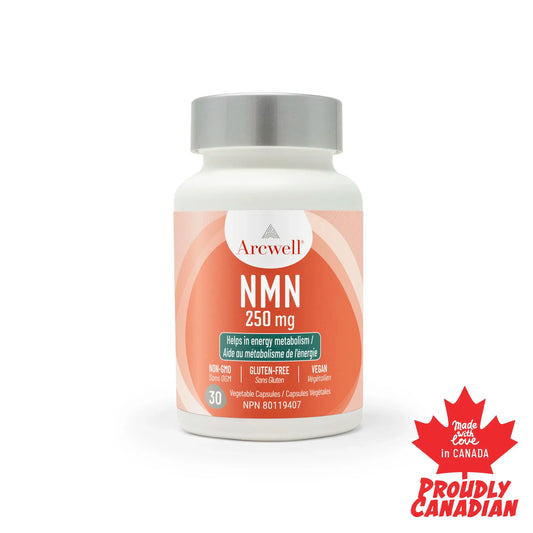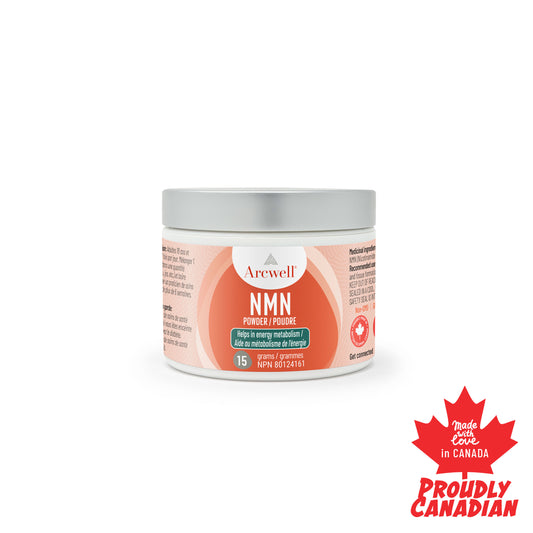
Master Supplement Labels: Tips from the Pros
Share
Can a multivitamin filled with vitamins, minerals and other ingredients be too much of a good thing?
Dietary supplement labels are confusing – often on purpose! We make it easy to understand the 4 parts of a dietary supplement label that you need to pay attention to. If you’ve got a bottle at home, grab it and follow along! ineffective resveratrol product.
Have you ever read the label on your dietary supplement?
Often we’re in such a hurry that we don’t take the time to read the label before choosing a dietary supplement. Sometimes labels can be misleading. Companies make the labels that way on purpose. It’s up to you to dig deeper to get the real information. By skipping this important step, you are voluntarily placing your health in the hands of a dietary supplement company.
Q: What information should you be looking for on a dietary supplement label in order to choose the most reliable product?
A: There are four parts of the label on a dietary supplement bottle that you should pay attention to:
-
Front label or principal display panel.
The front label is where you will find the company name or “brand” and the supplement name.
The front label also shows the quantity, the amount of content per serving size, and the form such as liquid, powder, gel, tablet, or capsule. Pay extra attention to the amount of content inside each form, not just the quantity. This is where you can be easily deceived and spend more money on less product.
For example, some companies might include more capsules in a bottle but less content in each capsule. You should always account for the total amount of content per bottle, which makes an apples-to-apples comparison between products easier.
Active ingredient claims are also on the front label. If you are not sure how safe the active ingredients are, or if they work as claimed, check to see whether they are supported by a human clinical trial. If you cannot locate any human clinical trials on a dietary supplement's active ingredient, you do not know how it may affect your body.
DON’T BE A LAB RAT! -
Supplement Facts table.
All of the basic information on a dietary supplement can be found in the supplement facts table. It includes a list of all of the active ingredients (or medicinal ingredients), the amount per serving, and Daily Value (DV%). When reading a supplement facts table, you should first look for the serving size, which sometimes can be intentionally misleading as part of a company’s marketing strategy.
For example: The dose of active ingredient per capsule is 50 mg and the supplement facts table shows a serving size of 2 capsules. The amount per serving will be displayed as 100 mg, making you believe the dose is higher, but you need to take TWO capsules to achieve that amount. -
Other Ingredients or Non-medicinal ingredients
Contrary to what you might expect, the supplement facts table will not show all of a dietary supplement’s contents. All of the additional ingredients that are not considered active are placed in the “other ingredients” category and written in small letters. These compounds are classified as “excipients”, functioning as fillers, binders, powder flow enhancers, preservatives, sweeteners, and colorants. All these compounds don’t bring any health benefits to you; the fewer excipients a dietary supplement has, the more beneficial the product will be for your health.
We talk about how a proprietary blend is displayed in “other ingredients” or the “supplement fact table” in our video “Dietary Supplements Are Not Magic Pills”. The label normally provides the total amount of the blends by weight and the list of ingredients; however, no precise amount of any individual ingredient is provided on the label. Products with proprietary blends will include several ingredients that you don’t need in a quantity that you can’t be sure of. Avoiding this type of product will give you better control over what you are taking. -
Product Source
Pay attention to the source of the product. On the back of the label, you will see “Manufactured by” or “Imported by”. If it is imported, make sure the original manufacturer has some sort of certification for their quality assurance. The most important one is GMP certification (Good Manufacturing Practices). You may see the mark of “GMP qualified” on the label or on their website. This is the minimum effort by a company to ensure good quality.
Choosing a dietary supplement should not be done in a hurry along with your grocery shopping. Instead, gather as much information as possible - be like a detective searching for clues, solving a mystery. Before you make any purchase, it is always a good idea to check the company’s website for transparency and reputation.
Take-home message:
Your health is in your hands. Don’t give that responsibility away to a dietary supplement company. Remember, you are what you take.











